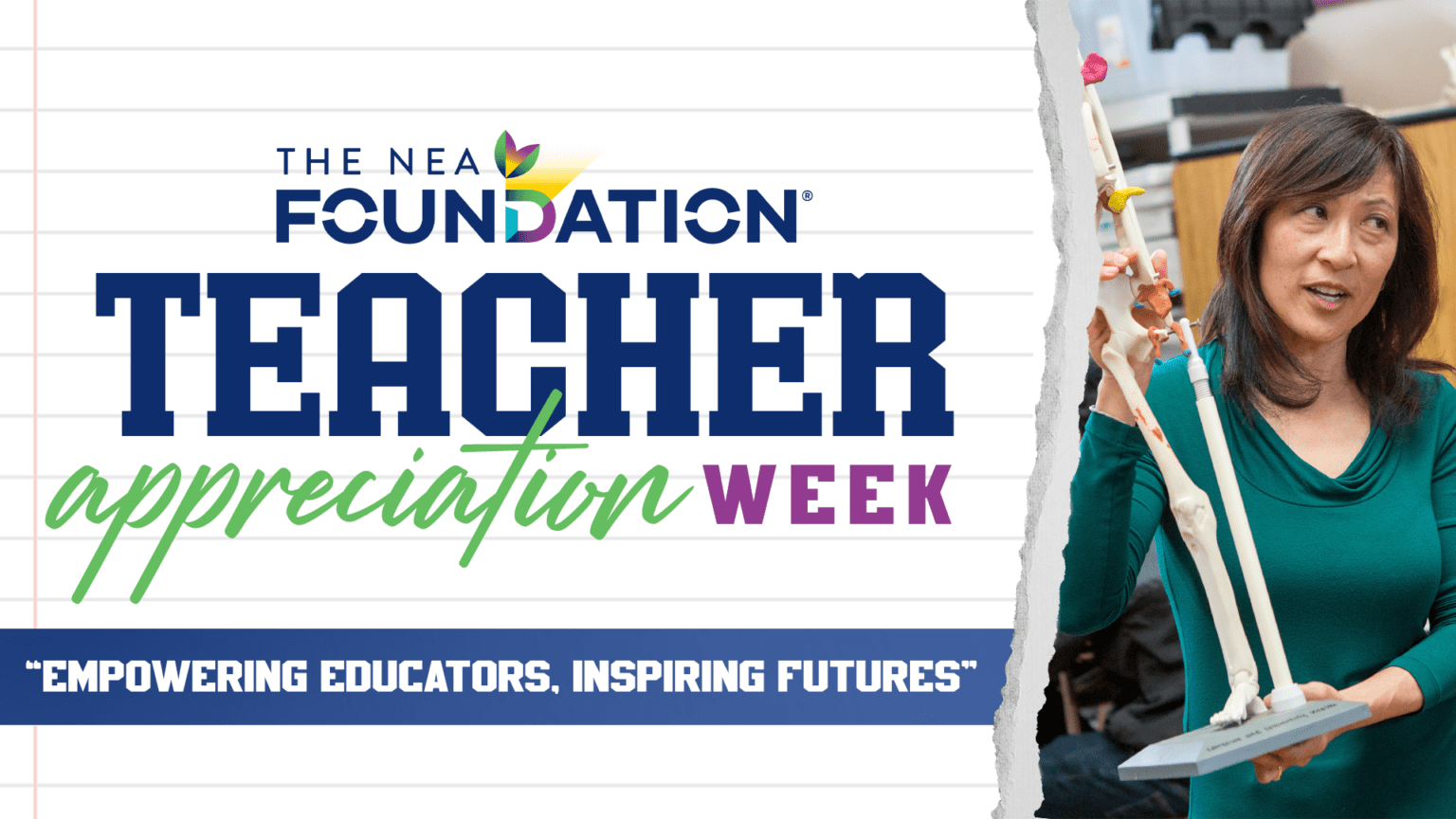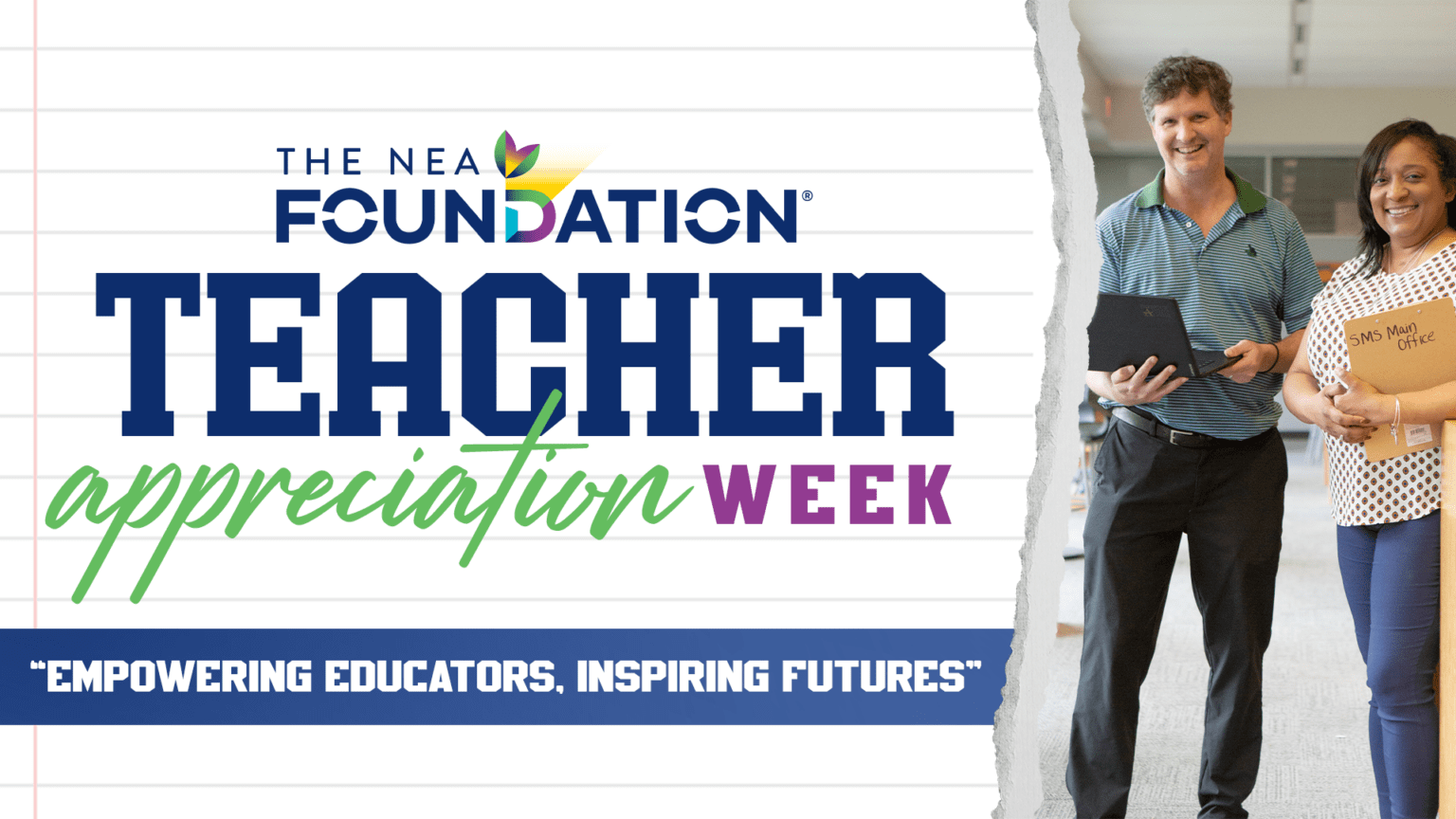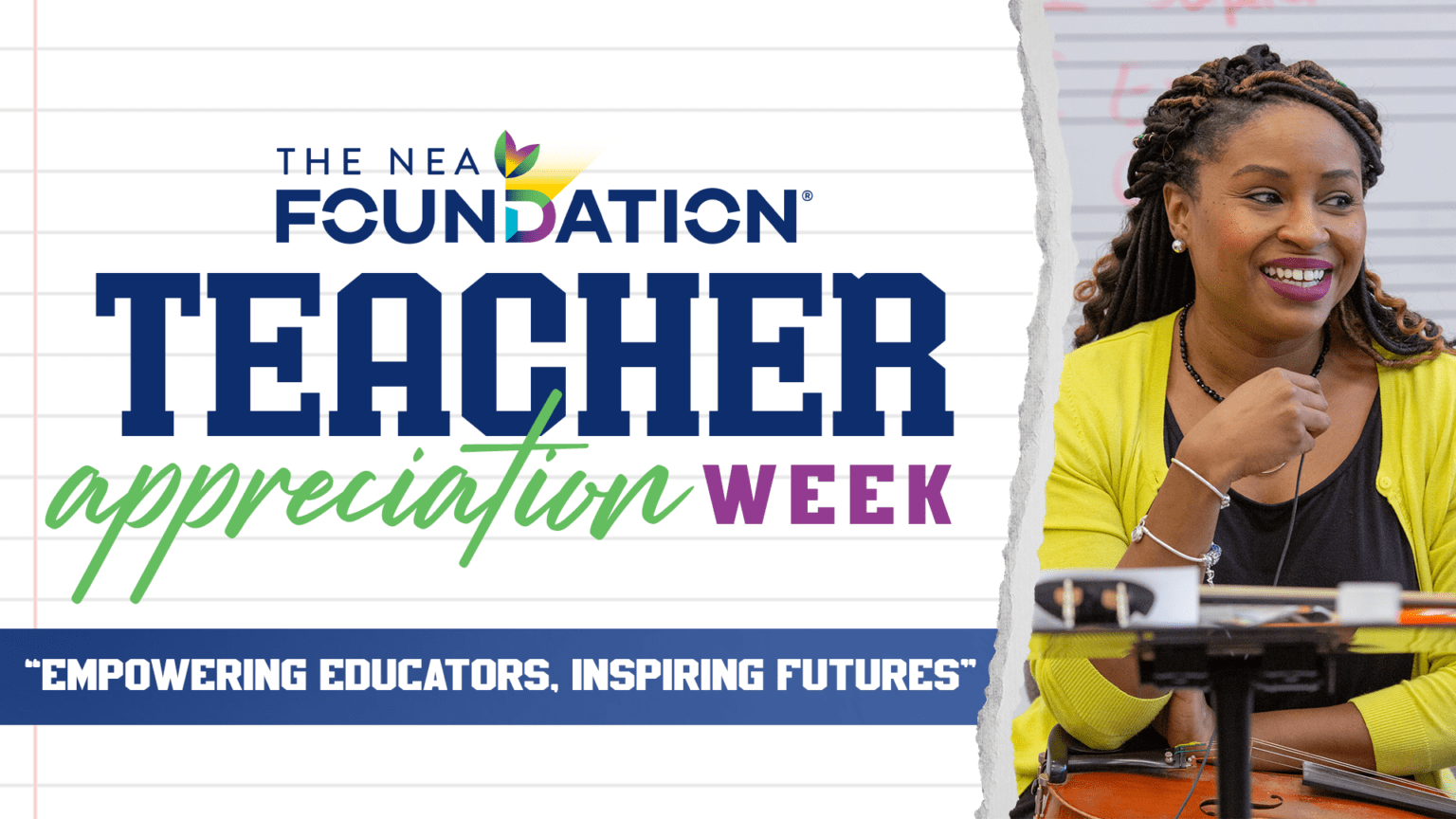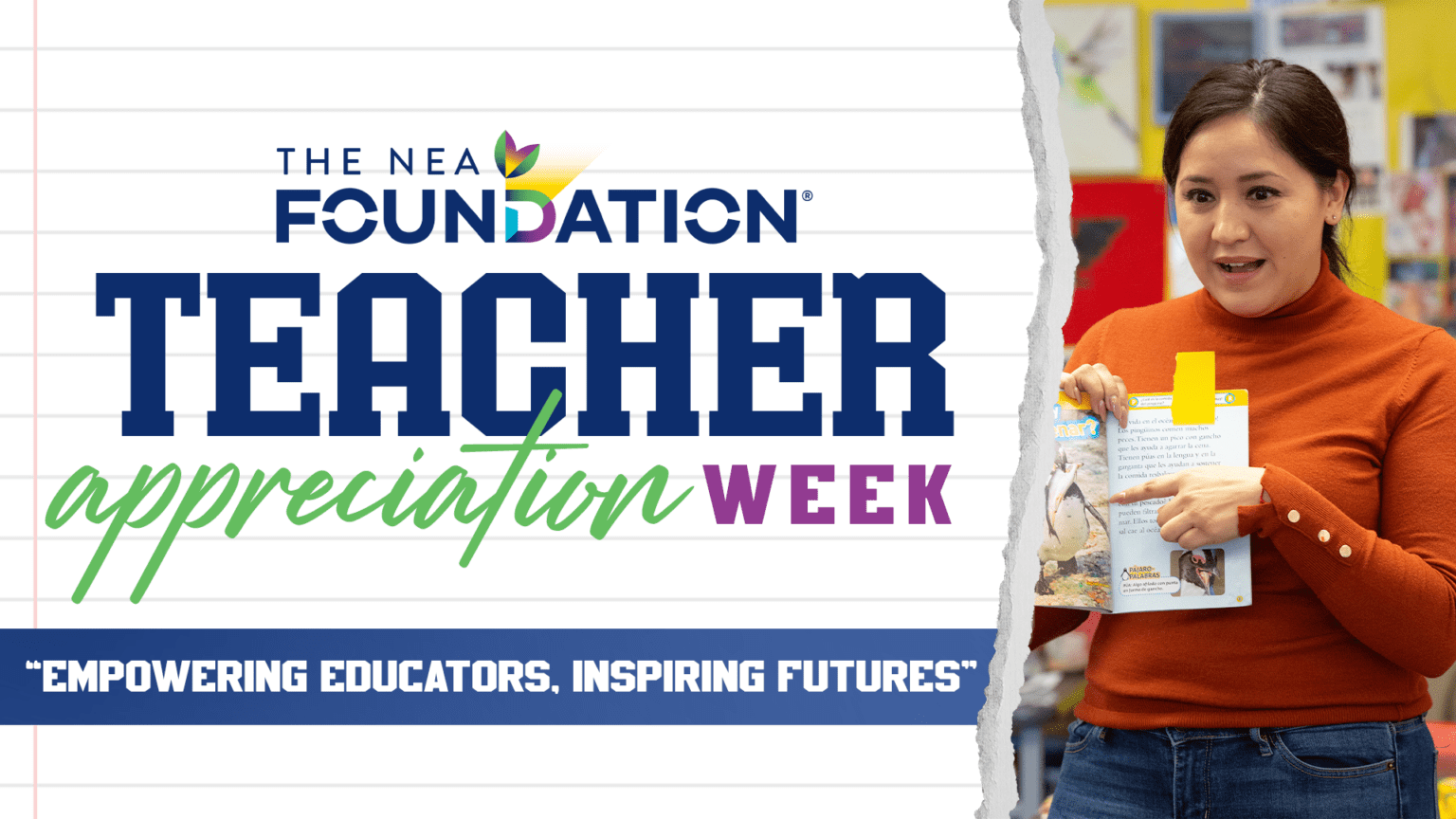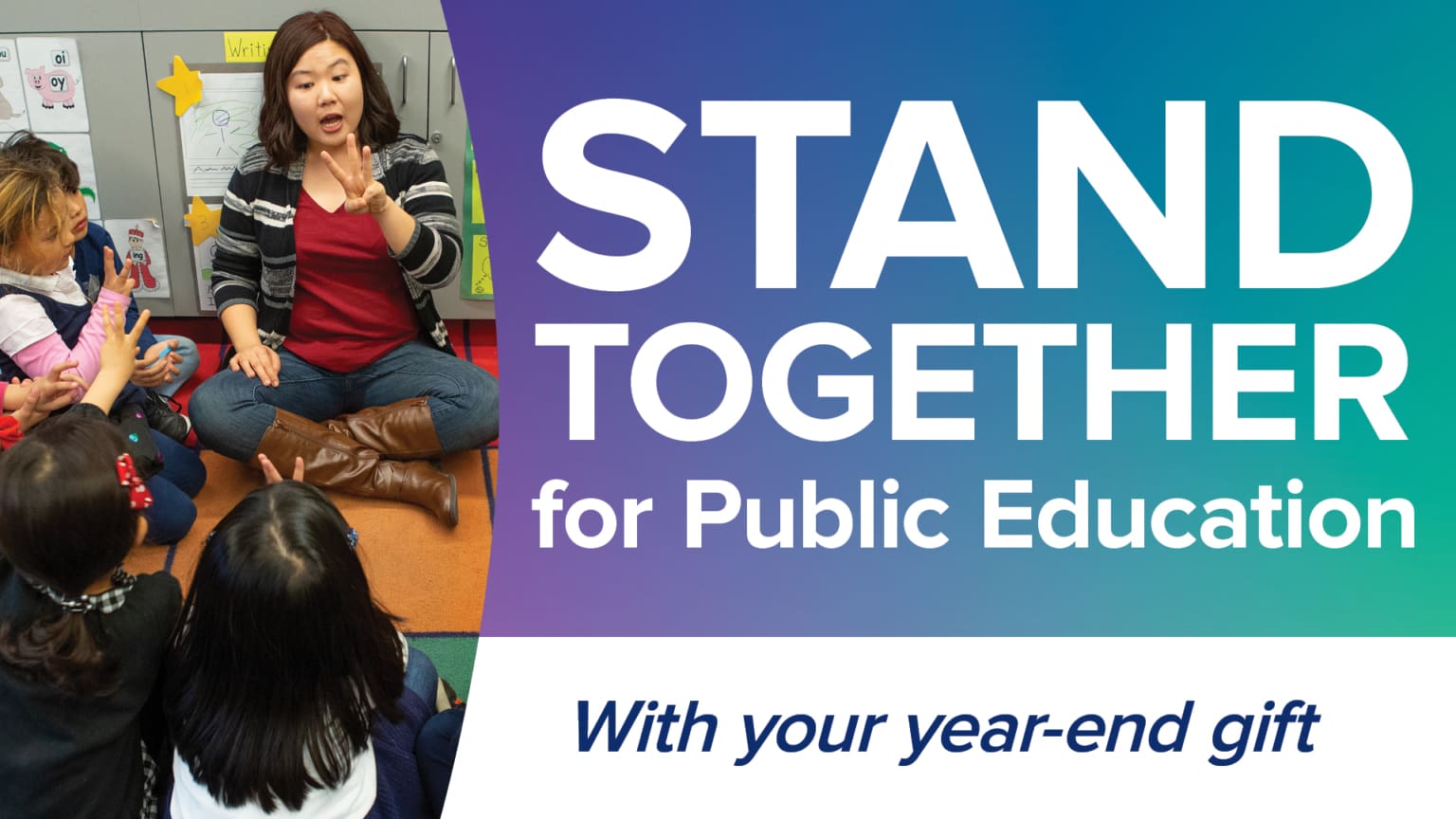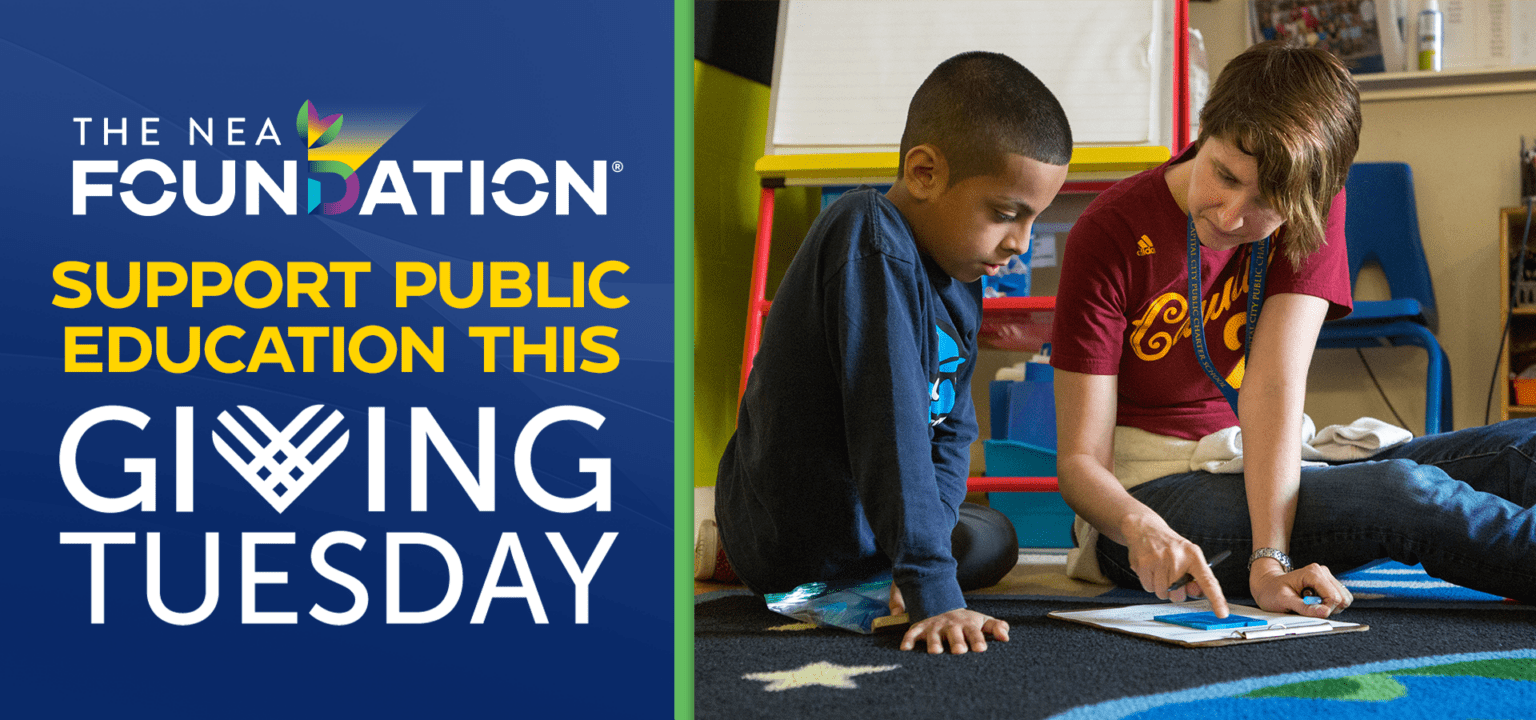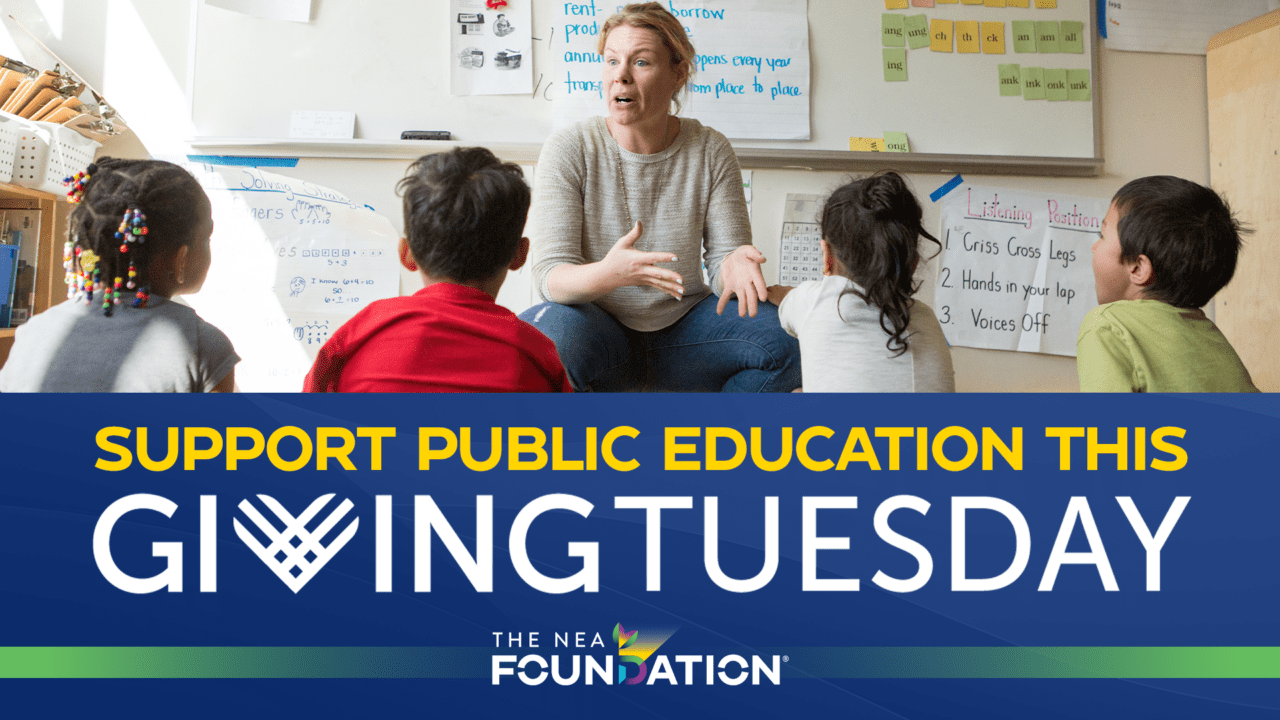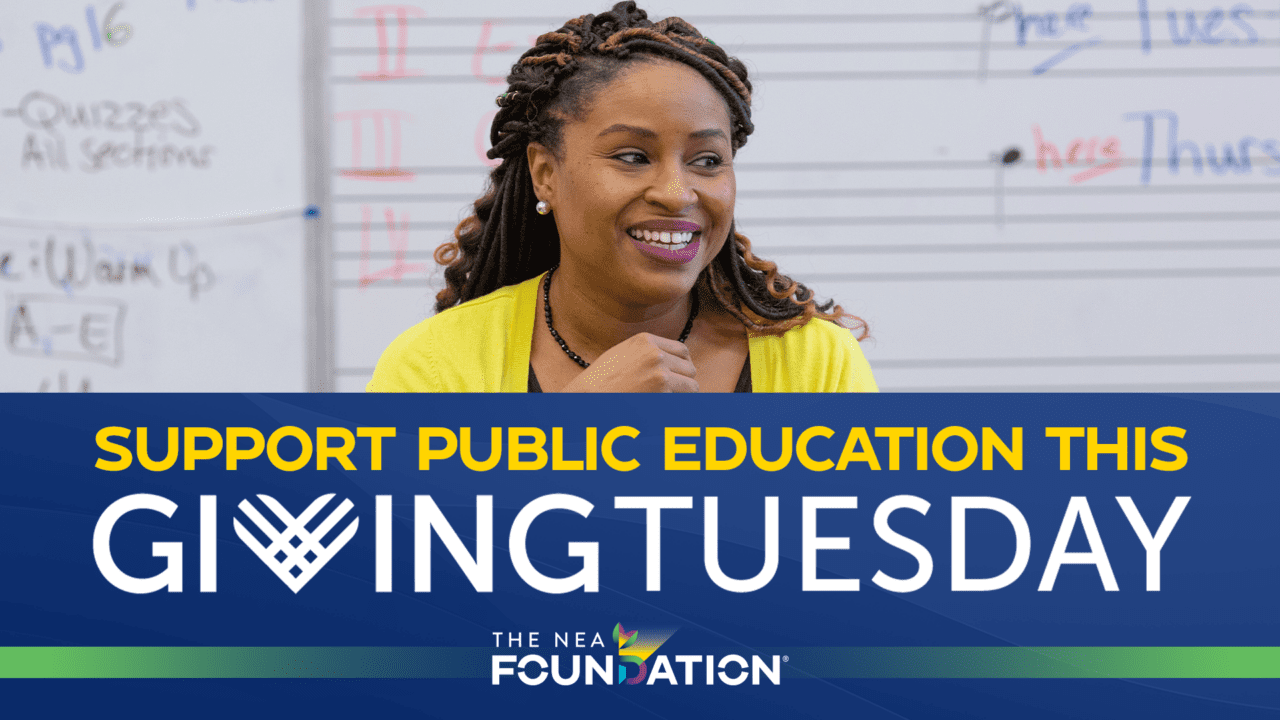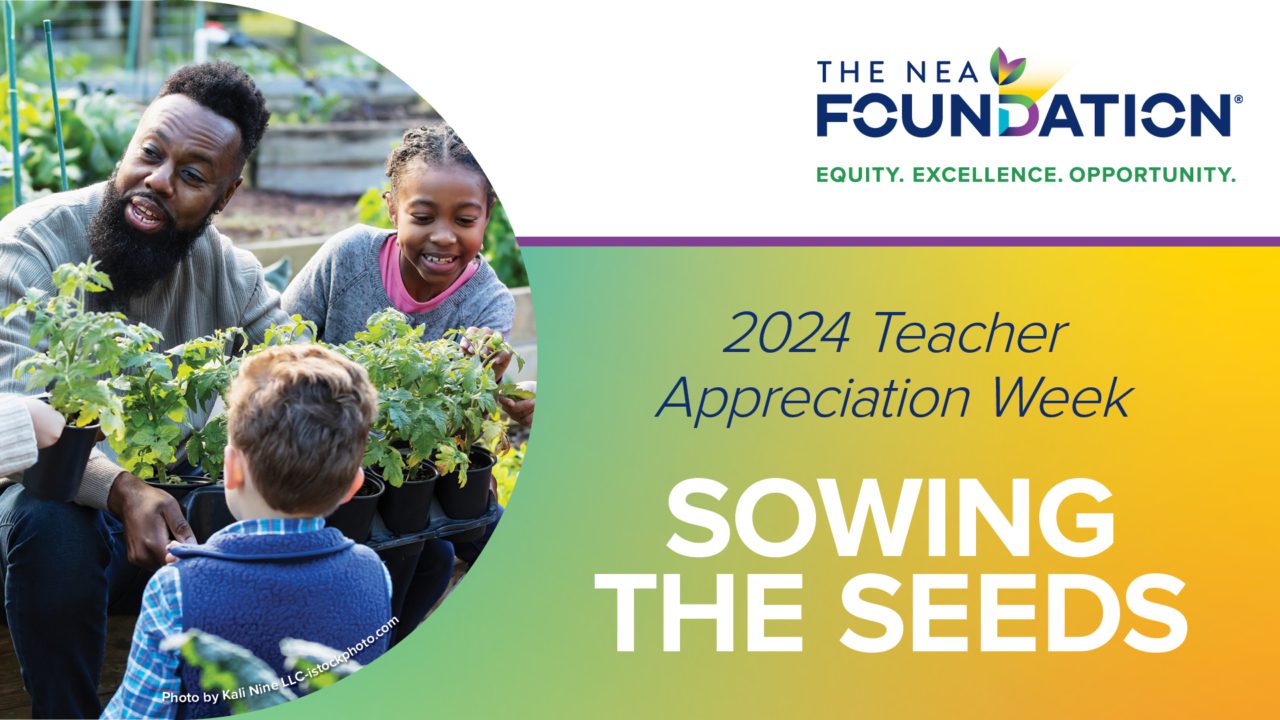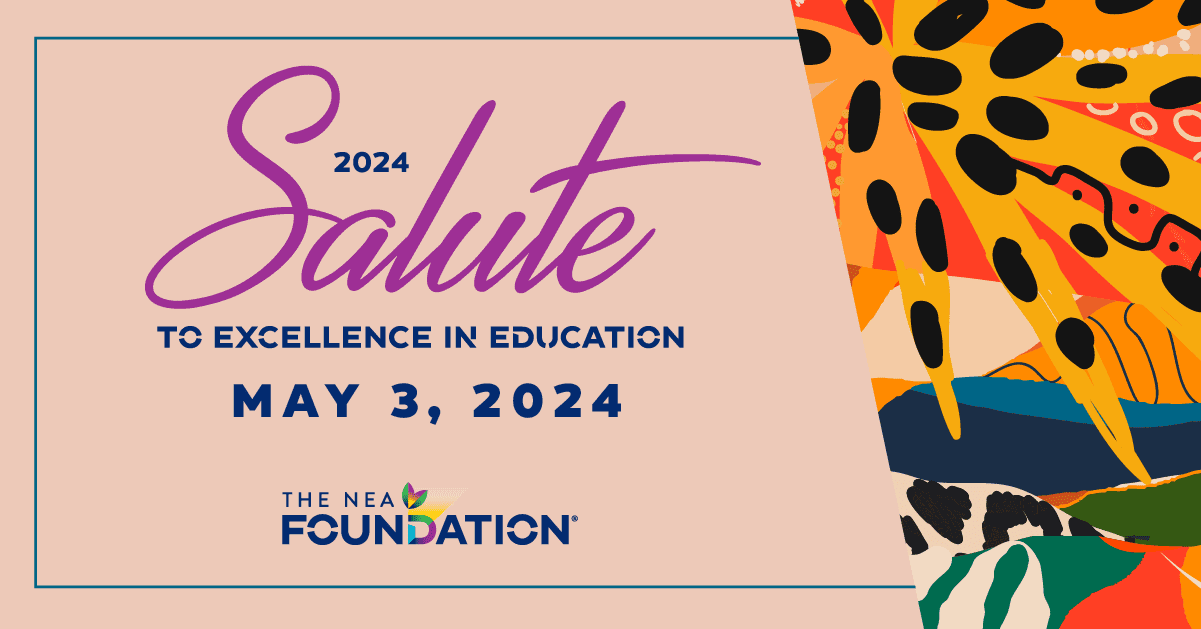Union-district teams in Lee County, FL; Springfield, MA; Omaha, NE; and Columbus, OH have been selected from among thousands of school districts nationwide to participate in the latest expansion of the NEA Foundation’s Closing the Achievement Gaps Initiative.
“When teachers, unions, and communities focus on learning conditions, student performance improves,” says the NEA Foundation President Harriet Sanford. “These teams join a national network of educators who are eager to share knowledge and experiences around reform.”
The newbies, Lee County, FL and Omaha, NE, each received first-year, $250,000 grants, after completing a rigorous six-month planning period. Springfield, MA and Columbus, OH have received second-year, $250,000 grants, for their proposals to continue focused work to accelerate the achievement rate for under-achieving, low income, and minority students.
What are they working on?
In Lee County, staff in nine, high-need schools will receive training for continuous improvement as a collaborative way to drive school turn-around.
In Springfield, a collaborative instructional leadership team model has been designed and is being used in six, high-need elementary schools. Data fluency training for teachers will improve instructional practices and home visits will improve parent engagement.
In Omaha, four, high-need elementary schools will engage in whole school reform planning with a focus on improved instructional quality and equity through an expanded teacher role.
In Columbus, pre-service training will provide student teachers high quality practice and support in urban schools. Extension of the district’s well regarded teacher assistance and evaluation program will sustain them during their first two years of practice, and high-quality professional learning communities, to encourage networking and ongoing peer to peer learning, will continue to improve their work.
These sites have tremendous records of capacity for collaborative reform and prepared exciting proposals for how they will use our investment to close their community’s most pressing student achievement gaps. Congratulations to the teams, their students, and their communities.
Learn more about Columbus’ Peer Assistance and Review Program or Springfield’s Teacher Home Visits Program.

